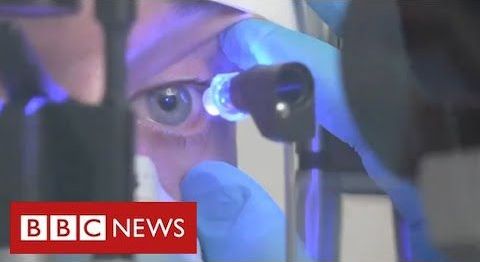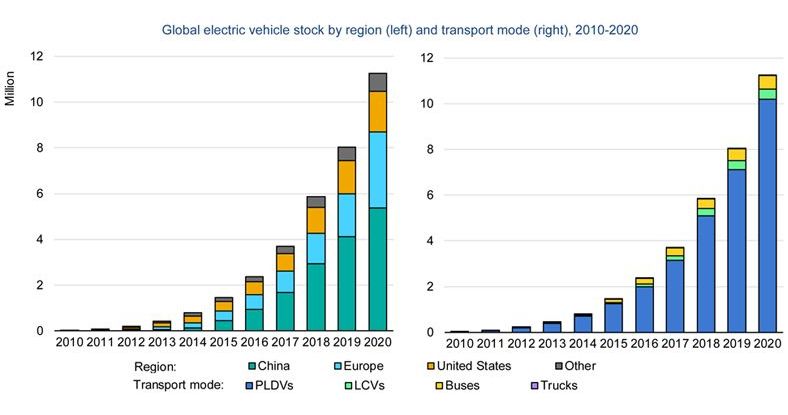Apr 30, 2021
GFS 2020 — Aubrey de Grey — Rejuvenation Biotechnology: why age may soon cease to mean aging
Posted by Montie Adkins in categories: biological, biotech/medical, health
Between 19:39 and 24 minutes we have Aubrey giving a list of companies and stating that investing is now taking off. Project 21 seems to be on track to start next year, and therapies available in 10–15 years will add 30 years to life and really be indefinite beyond that.
Rejuvenation Biotechnology: why age may soon cease to mean aging.
People are living longer — no longer because of reduced child mortality, but because we are postponing the ill-health of old age. But we’ve seen nothing yet: regenerative medicine and other new medicines will eventually be so comprehensive that people will stay truly youthful however long they live, which means they may mostly live very long indeed.


















